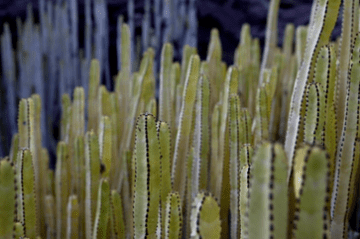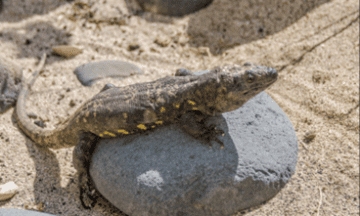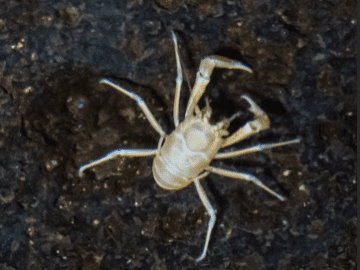The Canary Archipelago emerges as the region with the highest biodiversity in Spain, despite accounting for only 1.5% of the country’s total surface area. The islands are home to 17,631 terrestrial species and 7,888 marine species, figures that continue to grow and make the insular territory a natural laboratory in constant activity, of great international scientific relevance, and also considered a global ecological reserve.
The Canary Islands are the birthplace of more than half of Spain’s endemics, with around 4,000 exclusive species that do not grow or exist naturally anywhere else in the world.
The archipelago, located in the Atlantic subtropical zone, influenced by the cold Gulf Stream and under the general regime of the trade winds, is part of the Macaronesian region. These peculiar geographical conditions, its insular character, its isolation, the volcanic nature of its soils, and the development of vegetation give rise to such a high number of endemics and species characteristic of past climates that survive today in some enclaves.
The island of La Gomera hosts different plant formations, from tabaibal and cardonal in low areas, through laurel forests, to fayal-brezal, as well as palm groves and pine forests. Among its fauna, the most representative species are the Small Lizard and the Golden Lizard, both reptiles, and up to four varieties of bats.

Above: Cardón (Euphorbia canariensis)
Tenerife shares the same distribution of vegetation at different altitudes with singularities such as the Drago, a mythical and magical tree, a symbol of the island, as well as two high-altitude species: the Violet of Teide and the Tajinaste, which flourish in the National Park. In terms of fauna, the Blue Chaffinch stands out, a bird that inhabits the pine forest area, as well as the Tizón Lizard and the Long-Eared Bat.

Above: Drago Milenario
Being the youngest island, El Hierro repeats the image of this rich diversity, standing out for the beauty and dramatic allure of the twisted trunks of its junipers. The giant lizard represents its best example in the animal world.

Above: Lagarto Gigante de El Hierro
La Palma still preserves important vestiges of Tertiary vegetation, with the Bejeques playing a prominent role in this regard. In terms of fauna, in addition to insects, especially beetles, birds such as the crow and the Rabiche Pigeon represent some of its most outstanding endemics.
The harmony achieved in Lanzarote makes it a unique island. With a desert and arid landscape, its flora adapts to these conditions with species such as Orchilla, Barrila, Aulaga Majorera. In the animal world it is home to the only native mammal in the archipelago: the Canarian shrew, and also boasts the Cangrejo Albino an albino blind crab in Los Jameos del Agua.

Above: Cangrejo Albino
In its neighbour, Fuerteventura, flora is not abundant, with the most frequent formations being scrubland and lichens. As for fauna, the most outstanding are the numerous birds, including the Egyptian Vulture or Canarian Vulture, the only species of vulture that inhabits the archipelago, and the shearwater.
Finally, Gran Canaria reproduces in terms of flora the patterns of its western sisters, with species adapted to different altitudinal levels. In fauna, there are the giant Canarian Lizard, Boettger’s gecko, and Osorio’s Shrew, as well as numerous species of birds.
In the marine environment, in addition to algae species and seagrass meadows, which turn sandy bottoms into oases, there is a variety of fish, but none are native. Although they do not nest on the islands, four species of sea turtles can be observed in the archipelago’s waters, as well as up to seven types of tunas.
In the deep oceanic waters of the Canary Islands, important communities of cetaceans transit and even establish themselves, making the islands a privileged point worldwide for the observation of these animals, including whales, dolphins, and beaked whales.
For more information on the Canary Islands go to www.hellocanaryislands.com
For further content enquiries and images, please contact Sophie Sheridan Burns at sophie@travelmedia.ie
